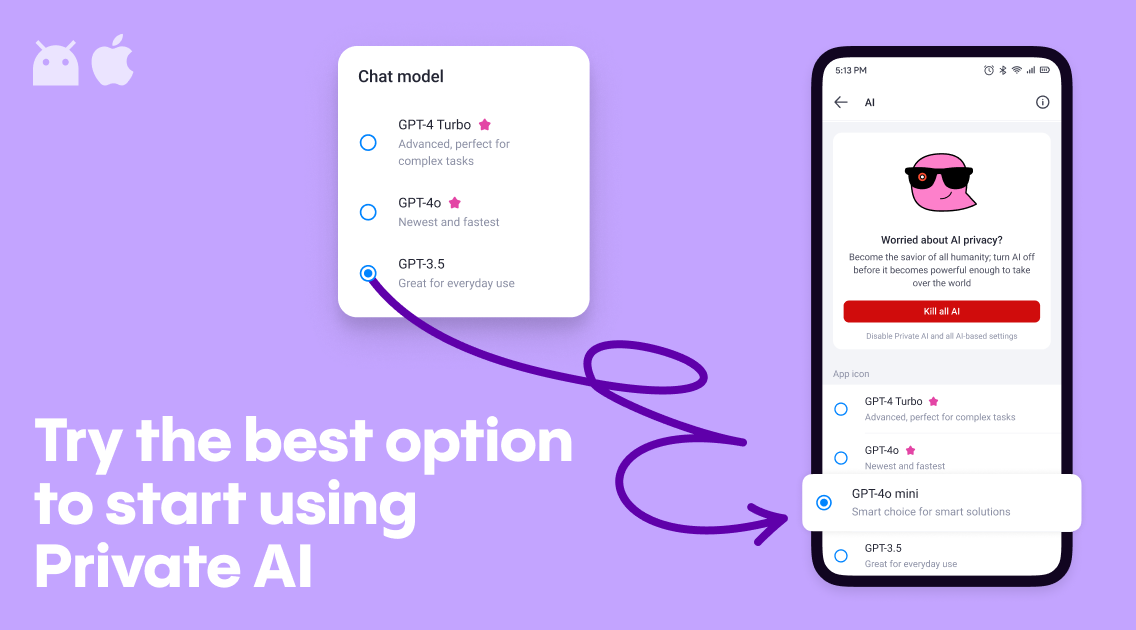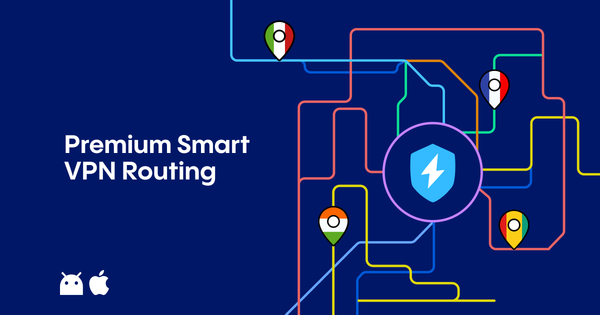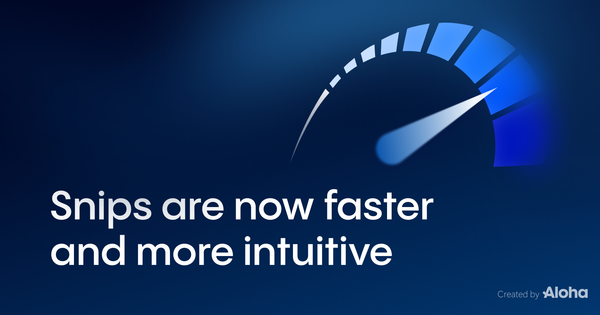Insight into AI and Securing Your Privacy
You will find an explanation of the basics of AI. We also explain how to stay private and protected online using browsing tools like a VPN.

If you scroll through any media for just a few minutes, you’ll likely see mentions of “AI.” Keep scrolling, and you might come across some scary references to movies like Terminator. But is AI really that dangerous? Let’s break it down.
What Is AI, and How Does It Work?
To start with, AI is not something very new – it’s been around for ages, especially in the initial meaning of “any system capable of making decisions without human participation”. What has changed is the way those systems are built: originally the programmer had to explicitly program the logic into the computer by using a formal programming language (“if x=3, then print “3”). Starting dozens of years ago, a new way has emerged: emulate the way humans learn by creating a mathematical model (called “neural network”) that resembles human neurons, feed it a lot of data and literally train it (by showing what’s good and bad, what’s required and what’s not) to give you the results.
After dozens of years of perfecting both the software and hardware used this second method has started to create significant value: recommending things, predicting behaviors, art creation, and many other things. With a couple of drawbacks though: it requires a huge lot of resources like data and power and we cannot understand how it works. Well, we do, in general, but finding a neuron or line of code that produces some specific answer to some specific question is as impossible as with the human brain.
Why Should We Care?
So why bother? Well, if you cannot directly see and change the specific code or neuron leading to a specific behavior, you cannot manage the AI any better than you can make your three-year-old kid. Thus, a Terminator scenario becomes slightly more probable. But is that the only bad scenario? Not really: as AI-based systems are constantly learning, they consume vast amounts of data regarding every task you put them to (called “context” to sound smart). And that data cannot be taken out of them, ever.
Now imagine an AI helping you to write your emails. Useful, right? To be able to help you, it needs context. What are we writing about? To whom? In what situation? Who is the author? To understand the task better, it needs all the context it can get about you. Ideally, all your emails, calendar, contacts, actions, social interactions, everything. If it does succeed in the task, it can emulate you perfectly, including background knowledge, tone of voice, wording, character, inclinations, life situation, and many more. Sounds uncomfortable, right? Now imagine that this AI is given (or decides to perform) another task – do something that you didn’t want done. Something malicious or fraudulent, like transferring all your money to someone else. How would anyone notice the difference? If it has access to all your data and can imitate your writing, speech, and even video (say hi to deepfakes), it becomes what is called your digital twin – a copy of you that can act independently and be indistinguishable from the real you.
Originally, digital twins were designed to serve a better future: the author was lucky to build them to predict failures of mechanical systems like jet engines and enable modeling complex things like hospitals or railroads. But with every new technology, there comes a time when someone says “aha” and decides to use it to hurt people. And with the digital twins, this time has come: modern fraud schemes include synthesized voice and texts, deepfake videos, and even AI-based victim search and strategy decisions.
Protecting Your Privacy
But what if you prefer to ensure your data protection yourself, besides relying on those super-trustworthy authorities? What if you would like to make creating your digital twin a little bit harder than that of your neighbor? Here are some tips:
- Use a VPN: A Virtual Private Network encrypts your internet traffic and hides your IP address so others can’t see what you’re doing online.
- Choose a Secure Browser: Instead of relying on private or incognito modes alone, use browsers designed for privacy.
- Adjust Browser Settings: Turn off third-party cookies and enable "Do Not Track" requests.
- Use Ad Blockers: These tools prevent advertisers from tracking you across different websites.
- Be Careful with Personal Information: Limit what you share on social media and in online profiles.
- Create Strong Passwords: Use unique passwords for each account and enable two-factor authentication when possible.
- Keep Software Updated: Regularly update your operating system and apps to fix security issues.
- Use Encrypted Messaging Apps: For sensitive conversations, consider using apps that offer encryption.
- Watch Out for Phishing: Be cautious with links in emails or messages from unknown sources.
- Opt-Out of Data Collection: Change settings in your accounts to limit data collection by services you use.
- Use a Password Manager: This helps you create strong passwords and store them securely.
- Limit App Permissions: Only give apps the permissions they truly need.
By following these tips, you can greatly improve your online privacy and protect your personal information. While achieving complete anonymity online is tough, these steps will help keep you safer in the digital world!





